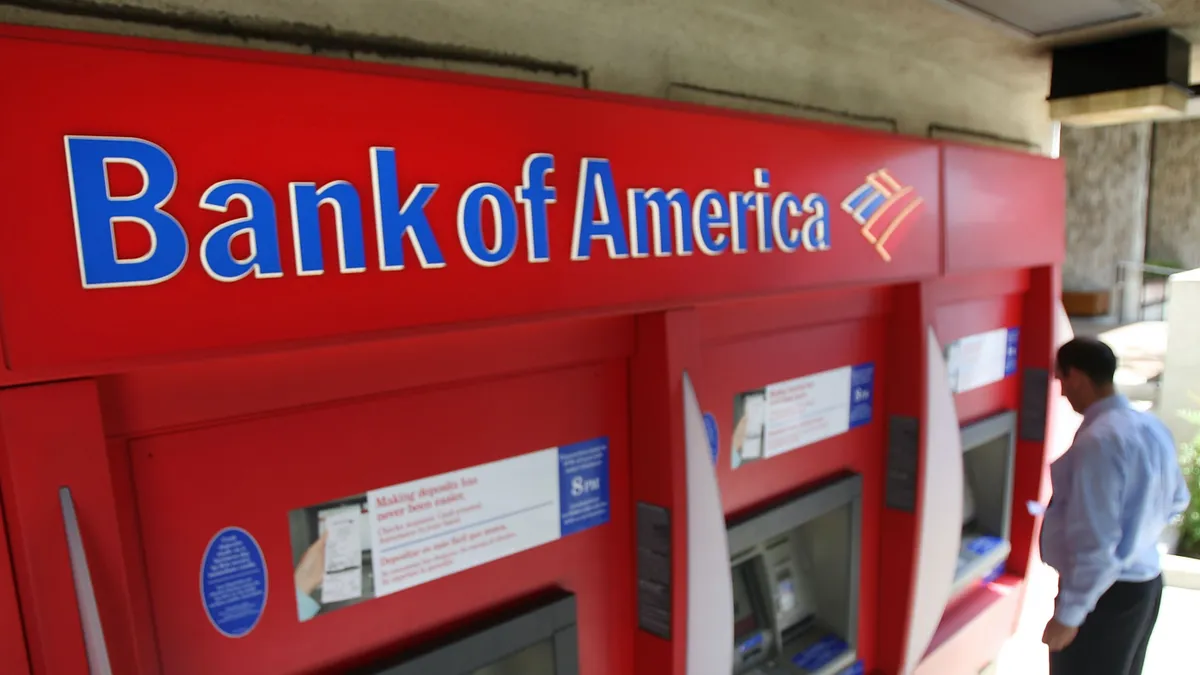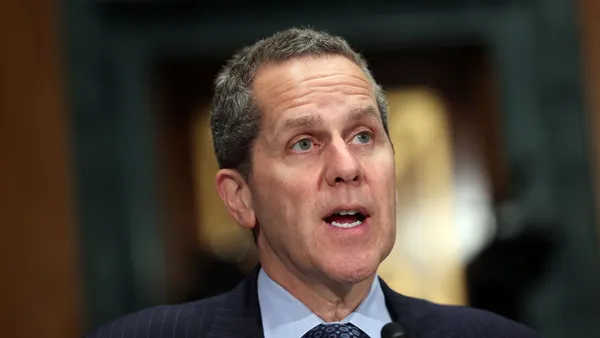From early in the COVID-19 pandemic, Bank of America’s official communications regarding a return to the office have included an element of sensitivity.
In 2020, the bank emphasized time and again that it would give employees at least 30 days’ notice ahead of any large-scale return.
In 2021, as its competitors drew hard boundaries — Goldman Sachs demanded that employees report their vaccination status; Morgan Stanley restricted unvaccinated people from company offices; Citi mandated that all of its U.S. employees be vaccinated and, ultimately, threatened to fire holdouts — Bank of America simply recommended its employees be vaccinated and boosted.
When the bank announced a June 1 office-return date for all U.S. employees, a person familiar with the policy said staff would have some flexibility to work from home but are strongly encouraged to collaborate with colleagues in person.
The flexibility inherent in the lack of specific details may be comforting at times. But it may also allow greater control to be dictated at the unit level. Though not always in written form.
"I want to communicate that the current expectation here — and this is being communicated across all of [the bank’s investment-banking structure] and all levels — is that we as a firm come in at minimum four days a week," Malav Chakravorty, Bank of America’s M&A chief resource officer, said in mid-May on a call with investment-banking junior staffers, according to Business Insider. "And then I will say, specifically in M&A, we would love to see you five days a week.”
Chakravorty added, "We will be in contact with you on a weekly basis here as we really focus on this initiative.”
Yet the policy was not spelled out in a follow-up email or written directive, the publication’s sources said.
However, the bank’s investment-banking chief, Thomas Sheehan, visited the division's teams in person the following week at Bank of America’s main New York office and verbally reiterated the return-to-office expectations, a junior investment banker told Business Insider.
"They've generally avoided putting anything on paper and such decisions are communicated on calls," the junior banker said.
Originally, that wasn’t Chakravorty’s call to lead. Kevin Brunner and Ivan Farman, the bank's co-heads for merger and acquisitions, were going to host, but each had a conflict, sources told Business Insider.
M&A wouldn’t be the only unit within Bank of America to make a robust effort to repopulate the office. Managers in the bank’s equities trading unit have also pressed staff to be back in the office full time, sources told the publication. But again, the order isn’t a written one.
And the messaging may not be consistent companywide.
Senior leaders have been discouraged from using a heavy-handed approach to boost in-office attendance, a markets division senior executive told Business Insider.
"There are areas completely empty and areas completely full. It is very binary," the executive said of trading floors at the bank's main New York office. "That creates a lot of tension."
Since Sheehan’s visit, managers at the bank have closely monitored attendance and called employees, asking them to explain absences, sources told the publication.
On its face, that may seem a move more typical of Goldman Sachs or JPMorgan Chase — perhaps a comparison Bank of America would rather avoid.
When asked by Business Insider to comment on Bank of America's office-attendance policies and procedures, a company spokesperson said the bank’s policy is to work from the office more often than at home while promoting remote-work flexibility at the manager's discretion.
Observers who may have been caught off-guard by Bank of America’s (verbal) hard charge should be reminded that the executive at the very top of the organization last June characterized the bank as a “work-from-office company.”
In-office attendance is up since the May M&A call and subsequent executive drop-in, the junior investment banker told Business Insider.
"We are junior,” the person said. “You don't want to be in the bad book.”














